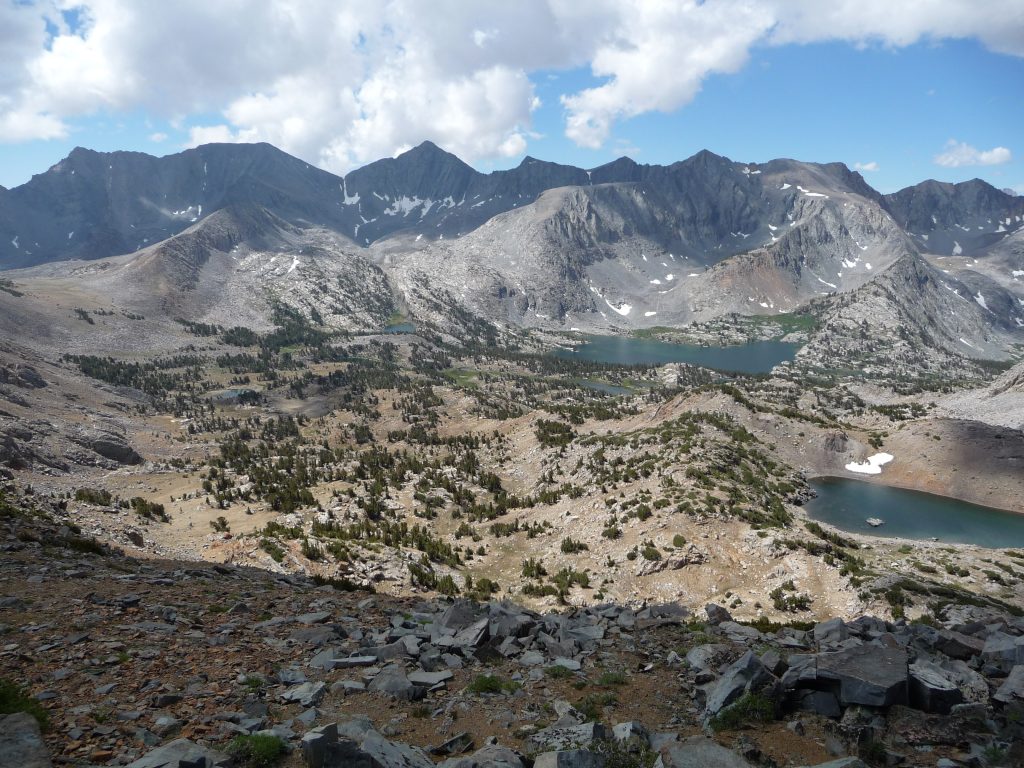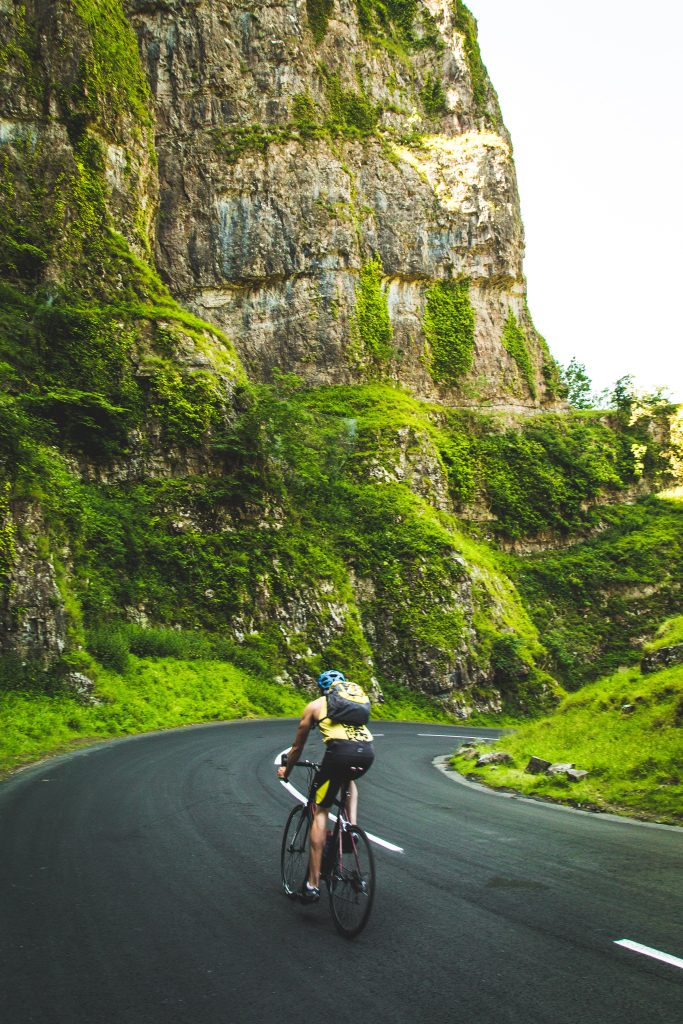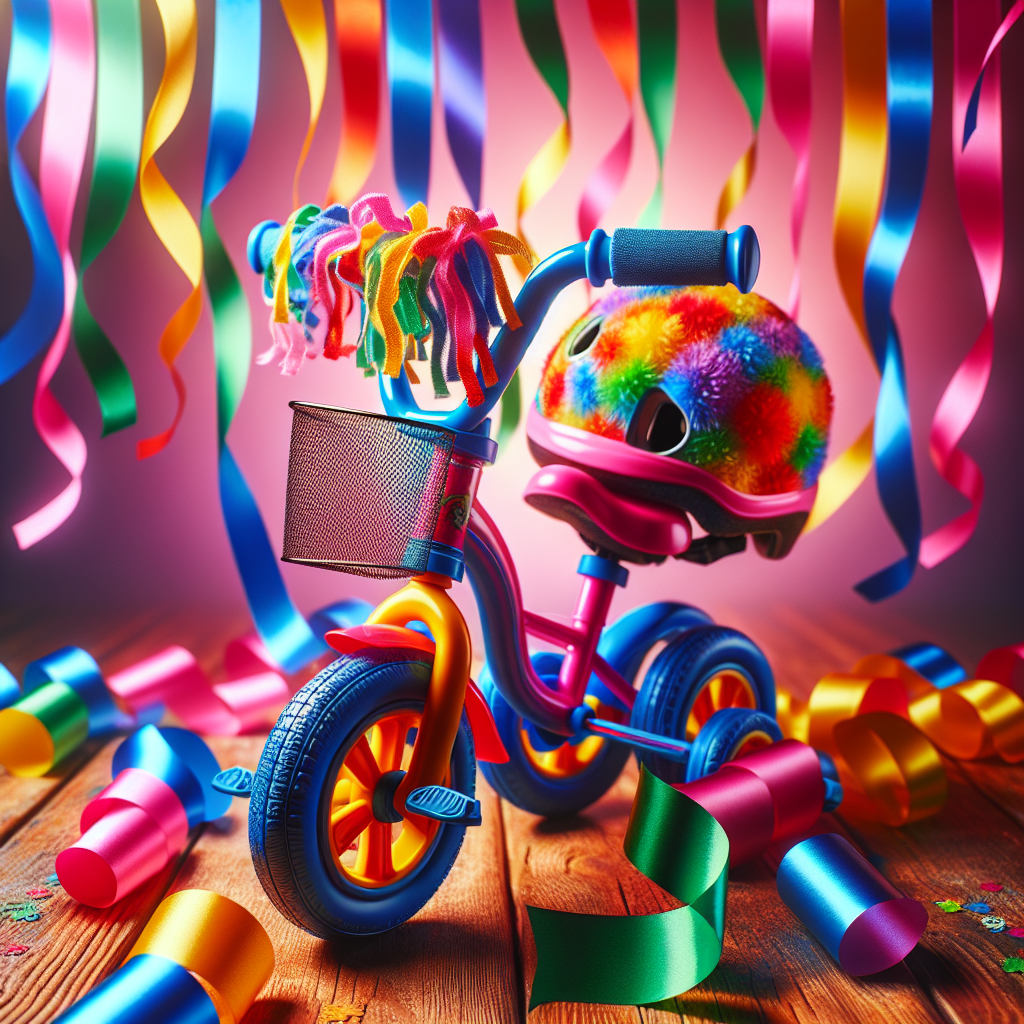Looking for the perfect bike for your little one? Look no further! In this article, we will be exploring the best kids bike options available on the market today. Whether your child is just starting out or already a seasoned rider, finding the right bike can make all the difference in their riding experience. From safety features to durability and comfort, we will cover all the essential factors to consider when choosing the best kids bike for your little adventurer. So, let’s get started on this exciting journey of finding the perfect wheels for your child. Disclosure: As an Amazon Associate, I earn from qualifying purchases.

Age Range
2-4 years
When it comes to choosing a bike for your little one, you want to make sure it’s the right size and suitable for their age range. For children between the ages of 2 and 4 years old, a balance bike is a great option. Balance bikes have no pedals or training wheels, allowing your child to focus on developing their balance and coordination skills. These bikes typically have a low seat height, making it easy for little legs to reach the ground.
4-6 years
As your child grows, they’ll be ready for their first pedal bike. For children between the ages of 4 and 6 years old, a 12-inch bike is usually the ideal size. These bikes are designed with shorter wheelbases and lower seat heights, making it easier for young riders to handle. Look for bikes with training wheels that can be removed once your child gains confidence and balance.
6-8 years
As your child continues to grow, they’ll need a bigger bike to match their size and abilities. For kids between the ages of 6 and 8 years old, a 16-inch bike is a popular choice. These bikes have slightly larger frames and wheels, providing a more comfortable and efficient riding experience. At this age, many kids have already learned how to ride without training wheels, so you may want to consider a bike without them.
8-10 years
As your child becomes more confident in their riding skills, they may be ready for a larger bike. For children between the ages of 8 and 10 years old, an 18-inch bike is a good option. These bikes have larger frames and wheels, providing a smoother and more stable ride. They may also come with additional features such as gears, allowing your child to tackle more challenging terrains.
10-12 years
For older kids between the ages of 10 and 12 years old, a 20-inch bike is typically the best fit. These bikes have larger frames and wheels, providing a comfortable and efficient ride for taller and more experienced riders. Gearing systems become more important at this age, as kids may want to explore different terrains and ride at faster speeds.
Bike Size
12-inch bikes
12-inch bikes are perfect for kids between the ages of 4 and 6, with an inseam measurement of around 14-17 inches. These bikes have smaller frames and wheels, making it easy for young riders to control and maneuver. The low seat height allows for easy pedaling and can be adjusted as your child grows. Look for features like training wheels and coaster brakes to ensure a safe and enjoyable riding experience.
14-inch bikes
For kids with an inseam measurement of around 16-20 inches, a 14-inch bike is the next step up. These bikes have slightly larger frames and wheels, providing a more comfortable ride for growing riders. Look for features like adjustable seat height, hand brakes, and removable training wheels.
16-inch bikes
16-inch bikes are suitable for kids with an inseam measurement of around 18-22 inches. These bikes have bigger frames and wheels, providing a more stable and efficient ride for young riders. Look for features like adjustable seat height, hand brakes, and gears to accommodate different riding preferences.
18-inch bikes
For kids with an inseam measurement of around 20-24 inches, an 18-inch bike is a good choice. These bikes have larger frames and wheels, providing a comfortable and confidence-inspiring ride for growing riders. Look for features like adjustable seat height, hand brakes, gears, and suspension forks for enhanced comfort and performance.
20-inch bikes
20-inch bikes are ideal for kids with an inseam measurement of around 22-25 inches. These bikes have larger frames and wheels, making them suitable for older and more experienced riders. Look for features like adjustable seat height, hand brakes, gears, and suspension forks for a smooth and responsive ride in various terrains.
24-inch bikes
For taller kids with an inseam measurement of around 24-28 inches, a 24-inch bike is the right fit. These bikes have larger frames and wheels, providing a comfortable and efficient ride for older riders. Look for features like adjustable seat height, hand brakes, gears, and suspension forks to accommodate different riding preferences.
Frame Material
Steel frame
Steel frames are known for their durability and strength, making them a popular choice for kids’ bikes. They can withstand the bumps and rough handling that often come with learning to ride. Steel frames are also relatively affordable compared to other materials, making them a budget-friendly option. However, steel frames can be heavier than other materials, which may affect maneuverability for some riders.
Aluminum frame
Aluminum frames are lightweight and offer a smooth and comfortable ride. They are resistant to rust, making them a great choice for riders who live in humid or coastal areas. Aluminum frames also tend to be more expensive than steel frames, but the weight savings and performance benefits may be worth the investment.
Carbon fiber frame
Carbon fiber frames are the lightest and most advanced option available. They offer excellent performance and responsiveness, making them ideal for more experienced riders. Carbon fiber frames also absorb vibrations and provide a smooth ride. However, these frames come with a higher price tag and may not be necessary for younger riders who are still developing their skills.
Brake Type
Coaster brakes
Coaster brakes are the most common brake type found on kids’ bikes. They are located on the rear wheel and are engaged by pedaling backward. Coaster brakes are easy to use and provide good stopping power. They are especially suitable for younger riders who may not have developed the hand strength and coordination required for hand brakes.
Hand brakes
Hand brakes are operated by squeezing levers located on the handlebars. They provide precise control and stopping power, making them a great choice for older and more experienced riders. Hand brakes can take some time for younger riders to master, so it’s important to ensure they have the necessary hand strength and coordination before opting for a bike with hand brakes.
Combination brakes
Some bikes come equipped with a combination of coaster brakes and hand brakes. This allows riders to choose between using the coaster brakes or the hand brakes, depending on their preference and riding conditions. Combination brakes offer versatility and flexibility for riders of all ages and skill levels.

Weight
Lightweight bikes
Lightweight bikes are easier for kids to handle and maneuver, especially when it comes to learning to ride or navigating tight turns. These bikes are typically made with lighter frame materials like aluminum or carbon fiber. A lighter bike reduces fatigue and allows for more control, making it a more enjoyable riding experience for young riders.
Mid-weight bikes
Mid-weight bikes strike a balance between durability and maneuverability. They are generally made with steel frames, which provide strength and resilience. Mid-weight bikes are a good option for riders who want a bike that can handle some rough handling and withstand the test of time without sacrificing too much maneuverability.
Heavyweight bikes
Heavyweight bikes are the most durable option available. They are typically made with steel frames, which provide excellent durability and can withstand rough handling. While heavyweight bikes may be more difficult for young riders to handle and maneuver, they are a great choice for riders who prioritize durability over weight.
Tire Type
Pneumatic tires
Pneumatic tires, also known as air-filled tires, provide superior traction, shock absorption, and a smooth ride. They offer excellent grip on various surfaces, making them suitable for both on-road and off-road riding. Pneumatic tires can be inflated to different pressures, allowing riders to customize the firmness of the ride based on their preferences and the terrain they are riding on.
Airless tires
Airless tires, also known as foam or solid tires, are puncture-proof and require little to no maintenance. They are made from solid rubber or foam, eliminating the need for air. While airless tires provide good durability and eliminate the risk of flats, they may not offer the same level of traction and comfort as pneumatic tires. They are a good option for riders who prioritize convenience and durability.

Gearing System
Single-speed
Single-speed bikes have only one gear, making them simple and easy to use. They are suitable for younger riders who are just starting to learn how to ride and don’t need the added complexity of gears. Single-speed bikes are also lighter and generally more affordable than multi-speed bikes.
Multi-speed
Multi-speed bikes have multiple gears, allowing riders to tackle a wider range of terrains and ride at different speeds. These bikes are suitable for older and more experienced riders who want to explore various riding conditions. Having multiple gears provides more options for finding the right pedaling cadence, making uphill climbs easier and allowing for faster speeds on flat terrain.
Safety Features
Training wheels
Training wheels are a great tool for young riders who are learning to balance and pedal. They provide stability and prevent the bike from tipping over. As your child gains confidence and balance, you can gradually raise the training wheels to encourage them to ride on two wheels. Eventually, the training wheels can be removed altogether.
Reflectors
Reflectors enhance visibility and safety, especially when riding in low light conditions or at night. They are typically attached to the pedals, wheels, and frame of the bike. Reflectors help drivers and pedestrians see the rider from a distance, reducing the risk of accidents.
Chain guard
A chain guard covers the bike’s chain and gears, preventing clothing from getting caught and reducing the risk of injury. Chain guards also help keep the chain lubricated and free from dirt and debris, prolonging its lifespan.
Bell/horn
A bell or horn is a useful safety feature that allows riders to alert pedestrians and other riders of their presence. It can be used to signal when passing or to warn others of potential hazards. Bells and horns are lightweight and easy to use, making them an essential accessory for any bike.
Safety flag
A safety flag is a tall, brightly colored flag that attaches to the back of the bike. It increases the bike’s visibility, especially in busy areas or during group rides. Safety flags are particularly useful for young riders who may not be easily seen by drivers.

Price Range
Under $100
If you’re on a tight budget, there are options available for under $100. These bikes may be basic in terms of features and materials, but they can still offer a safe and enjoyable riding experience for young riders. Look for bikes with sturdy construction and safety features like training wheels and reflectors.
$100-$200
In the $100-$200 price range, you can find bikes with better build quality and additional features. These bikes may have adjustable seat heights, hand brakes, and more durable materials. They offer a good balance between affordability and value for money.
$200-$300
Bikes in the $200-$300 price range often feature higher-quality materials, improved components, and more advanced features like gears and suspension forks. These bikes provide a smoother and more comfortable ride, making them suitable for more experienced riders. They offer good value for money and are built to withstand regular use.
Over $300
For riders who want the best performance and top-notch features, bikes priced over $300 are worth considering. These bikes are often made with lightweight materials like aluminum or carbon fiber, offering excellent responsiveness and maneuverability. They come with advanced components, high-quality construction, and may have additional features like multi-speed gearing systems and suspension forks.
Customer Reviews
Durability
Durability is an important factor when choosing a kids’ bike. You want a bike that can withstand the bumps and falls that are bound to happen during playtime. Look for bikes with strong frames and components that can handle rough handling. Reading customer reviews can give you valuable insights into the durability of a particular bike model.
Ease of assembly
Many kids’ bikes require some assembly before they are ready to ride. The ease of assembly can vary depending on the brand and model. Look for bikes with clear assembly instructions and user-friendly design features. Reading customer reviews can help you gauge how easy or difficult a bike is to assemble.
Value for money
Value for money is an important consideration when buying a kids’ bike. You want to ensure that you are getting a bike that offers good quality and features for its price. Reading customer reviews can help you determine if a particular bike offers good value for money based on the experiences of other parents and riders.
Comfort
Comfort is key when it comes to enjoying a bike ride. Look for bikes with adjustable seats that can be easily raised or lowered to fit your child’s height. Additionally, consider features like padded seats, ergonomic handlebars, and suspension forks for enhanced comfort. Reading customer reviews can give you insights into the overall comfort of a bike and how well it is suited for different riding conditions.
In conclusion, choosing the best bike for your child involves considering their age, bike size, frame material, brake type, weight, tire type, gearing system, safety features, and price range. By understanding the different options available and considering your child’s unique needs and preferences, you can find a bike that provides a safe and enjoyable riding experience. Don’t forget to read customer reviews to gather insights from other parents and riders who have firsthand experience with the bikes you are considering. Happy riding!
Disclosure: As an Amazon Associate, I earn from qualifying purchases.

